SHRI SHIVAJI SCIENCE COLLEGE, AMRAVATI
DBT STAR COLLEGE PROJECT ACTIVITY
ACTIVITY REPORT

Project on Integration of Technology-Driven Experiments in Undergraduate Laboratories
Activity Dates: September 01, to September 25, 2025
Type of Activity: Minor Research Project
Organizing Department: Department of Physics
Program Coordinators: All the teachers of Physics Department
Head of the Department: Dr. P.A. Nagpure
External Collaborator (if any): No
Objectives:
- Incorporate modern technology into traditional physics experiments to enhance precision, ease of use, and overall learning experience.
- Provide students with tools to better visualize and comprehend complex physics phenomena, which are challenging to demonstrate with traditional methods.
- Equip students with hands-on experience in using advanced equipment like SeeLab 3.0, Arduino, and various sensors, fostering skills relevant to modern experimental physics.
- For advanced semesters, encourage students to design and implement applications of sensors, bridging theoretical knowledge with practical applications.
- Use technology-driven setups to achieve more accurate and reproducible results, promoting a deeper understanding of experimental precision and error reduction.
No of Beneficieries: 135 Students of B.Sc.
Classes Involved: B.Sc. I, II & III
Venue of the Activity: Department of Physics
Activity Report:
1. Introduction
Technology’s role in education, especially in Physics, has evolved to make learning more interactive, accessible, and engaging. In the Physics, technology allows hands-on experiences that were previously difficult to simulate in traditional classrooms. Tools like digital sensors, data loggers, and simulation software make complex concepts more physical, allowing students to visualize abstract ideas and conduct experiments with precision and ease. Technology also fosters self-directed learning by providing resources like virtual labs, online courses, and collaborative platforms, broadening access to information and allowing students to explore topics in depth. This integration prepares students for modern scientific careers by developing their skills in data analysis, critical thinking, and real-world applications, creating a more dynamic and effective learning environment.
The Physics Department has initiated a program to enhance experimental physics education by integrating technology-driven experiments into the curriculum. Using tools like SeeLab 3.0, Arduino, and specialized sensors, these experiments introduce students to modern techniques that make learning more interactive and precise. This initiative not only simplifies experimental setups and reduces manual errors but also allows students to visualize real-time data, deepening their understanding of physics concepts. By combining traditional experiments with technology, the department aims to provide a hands-on learning experience that builds practical skills and prepares students for advanced scientific studies and careers.
Objectives of the Project:
• Improving measurement precision, enhancing students’ comprehension of complex physics concepts, and promoting skills in instrumentation and application design.
• Highlight the relevance of advanced techniques in scientific research and the increasing demand for students to gain practical, hands-on experience with technology in their academic journey.
2. Description of Technology Used
Overview of SEELab 3.0:
SEELab3 is interfaced and powered by the USB port of the computer, and it is programmable in Python. It can function as a low frequency oscilloscope, function generator, programmable voltage source, frequency counter and data logger. For connecting external signals, it has connectors on the top panel. as shown in the figure below. The software can monitor and control the voltages at these terminals. In order to measure other parameters (like temperature, pressure etc.), we need to convert them in to electrical signals by using appropriate sensor elements. The accuracy of the voltage measurements is decided by the stability of the 3.3V reference used, it is 50ppm per degree celcius. The gain and offset errors are eliminated by initial calibration, using a 16 bit ADC.
The device can be also used as a test equipment for electrical and electronics engineering experiments. SEELab3 also has an SPI communication bus with 4 multi-purpose chip select pins, and a programmable current source up to 3mA. It has also integrated a mini breadboard. The standard accessories include an SR-04 distance sensor as well.
Software Installation: SEELab3 can run on any computer having a USB port and a Python Interpreter along with the modules required for accessing them. The USB interface is handled by a device driver program that presents the USB port as a Serial port to the Python module. The communication the SEELab3 is done using a library written in Python. Programs with GUI have been written for many experiments. SEELab3 communication library requires the numpy’ module. The GUI depends on packages like pyqtgraph and scipy. The code has been ported to python3 and installation can be done in several ways. (Ref.: User Manual Experiments for Young Engineers and Scientists Upgraded version of ExpEYES-17 http://expeyes.in)
Role of Arduino and Sensors:
Arduino is easy to use because it is a simple system. In addition, since Arduino has an open-source code system, it is a system that is open to everyone's use, can be developed and can be easily implemented. Anyone who wants to use Arduino can buy and use the necessary parts for their application. It is a platform that can be very useful in the physics lab due to its low price and wide availability of sensors and transducers.
Arduino has different boards with various features. The simplest and most widely used is Arduino Uno. All boards share the same programming environment and may differ in board size, memory size, number of ports, type, and speed. The use of Arduino UNO board as a physics laboratory tool is an excellent solution.
Arduino Programming: It is a platform that uses the C/C++ and Java grammar structure. Due to the programming environment, no in-depth object-oriented programming knowledge is required. Unlike computers, microcontrollers do not run an operating system, but only perform the only tasks that have been loaded into their memory. The user can use the Integrated Development Environment or the Arduino Software (IDE), available free on the Arduino website, easily on a computer, to write a computer program. The IDE includes a text editor for writing code, a message box, a text console, a toolbar with buttons for commonly used functions, and a set of menus. Arduino platforms can easily be connected to any computer with Windows, MAC or Linux operation systems through USB interface.
The Arduino pins are designed to measure voltages from 0 (zero) to 5V. Many measurements can be made provided that the physical changes obtained from the sensors are converted into voltage. When measuring with sensors, it is necessary to know the operating principles and limits of the sensors in order to prevent incorrect measurements or to keep the measurement errors under control. (Ref.:TOJET: The Turkish Online Journal of Educational Technology – July 2022, volume 21 Issue 3)
The sensors used (e.g., ultrasonic, thermocouple, humidity, and light sensors) are not only adds depth to the experiments but also introduces students to practical instrumentation used in modern physics and engineering applications. By integrating them into the curriculum, students gain valuable experience with data acquisition, sensor calibration, and real-time monitoring, which are essential skills in both research and industry.
3. Semester-Specific Experiments and Methodology
The Department of Physics has committed to integrating technology-based experiments as part of its curriculum enhancement efforts, emphasizing not only basic concept verification but also application-based learning. Across three semesters, specialized experiments are conducted using SEELab 3.0, Arduino, and various sensors, as outlined:
• Semester I: Focused on fundamental physics experiments to determine acceleration due to gravity using advanced sensors and setups, and studying harmonic oscillation.
• Semester III: Introduces semiconductor electronics, allowing students to explore the characteristics of diodes and transistors, providing a strong foundation in electronic devices.
• Semester V: Engages students in designing applications with sensors, integrating physics principles with practical implementations like digital thermometers and humidity detectors.
These experiments encourage students to explore beyond traditional methods, applying physics knowledge in innovative ways.
Teachers are also tasked with developing comprehensive, error-free standard operating procedures (SOPs) for each of these experiments.
4. Challenges and Solutions
In implementing technology-driven labs, the Department of Physics faced several challenges. Initially, faculty members were unfamiliar with using SEELab 3.0 and Arduino, which required them to dedicate time and effort to learning these new tools. Convincing all faculty members to adopt and integrate these advanced tools into their teaching approach took time, as some were hesitant to change established routines. Learning a new technology can be tough, and with already packed schedules, finding time to learn, prepare SOPs and incorporate these experiments into the semester was challenging.
Incorporation of new technology-driven experiments alongside regular experiments, the faculty had to ensure students complete both the new experiments and their regular lab work within a short time frame. This sometimes-meant students had to stay extra hours to complete all assigned work, which added pressure on both students and faculty.
Introducing technology-driven experiments required purchasing SEELab 3.0 kits, Arduino boards, and various sensors, all of which came with a cost. The department had a limited budget, so acquiring enough equipment to support multiple labs was a challenge. To manage this, we initially invested in a few kits and shared them among the classes, while gradually working towards securing more funding or reallocating resources.
Additionally, there was a sense of reluctance among some students who preferred sticking to regular assignments without the extra learning curve. To encourage students, faculty held introductory sessions to demonstrate the benefits of technology-driven experiments, explaining how they provide more accurate results and a deeper understanding of physics. Over time, many students began to see the value in these experiences and became more engaged.
5. Outcomes and Benefits
Interactive Learning: Real-time data display through tools like SeeLab 3.0 and Arduino-connected sensors allows students to watch experimental changes live on digital screens, which is more engaging than reading analog scales. For example, when measuring the rate of velocity change of a falling object using an ultrasonic sensor, students see how the velocity changes over time and can instantly interpret this data to understand acceleration.
Hands-On Application: With Arduino, students actively design and modify experimental setups, integrating coding and circuit design. This hands-on approach increases a sense of ownership and curiosity as students create functioning devices, such as digital thermometers, light meters or weighing balance, which bridge theoretical knowledge with practical applications.
Reliable and Reproducible Results: Sensors like the thermocouple for temperature and the LDR (Light Dependent Resistor) for light intensity produce highly accurate measurements, which traditional instruments often don’t match. For example, students calculating Planck’s constant using LED light needs precise voltage and current readings, otherwise the constant will be different after every measurement which is meaningless.
Reduced Human Error: Automated measurement and digital data logging significantly reduce human error, which is common with manual data recording. This improvement not only provides students with more reliable data but also teaches them the value of precision in scientific work. Reduced error enhances the learning experience by enabling students to focus on interpreting their data rather than correcting mistakes.
More Time for Analysis and Critical Thinking: The quick setup and automated data collection mean students spend less time in setting up and more time in analyzing results, discussing findings, and exploring experimental variations. For example, after a few trials measuring the acceleration due to gravity using the time-of-flight method, students can quickly move on to analyzing graphs, comparing their data with theoretical values, and understanding experimental error.
With streamlined procedures, students can complete more experiments in a semester than would be possible with traditional methods. This exposure to a wider variety of experiments helps broaden their understanding of physics and builds their confidence in handling scientific equipment.
Familiarity with Modern Technology: The use of Arduino, SeeLab, and various sensors prepares students for advanced research and industry environments where such technology is standard. Familiarity with coding, sensor calibration, and data visualization gives them a competitive edge for future studies or technical roles.
5. Conclusion
Department of Physics has successfully transformed the conventional laboratory experience by integrating four technology-driven experiments, using SEELab 3.0, Arduino, and specialized sensors in each semester. This initiative has not only equipped students with valuable technical skills but has also bridged the gap between theoretical knowledge and practical application. Through these experiments, students experience the joy of discovery and innovation, gaining confidence in handling modern instruments and conducting precise measurements. The project's outcomes indicate a positive impact on students' understanding, retention, and interest in physics, setting a promising direction for future curriculum enhancements and interdisciplinary collaborations.
Outcomes:
- Improved Conceptual Clarity: Students gain an enhanced understanding of complex physics concepts, made accessible through precise, technology-driven experiments.
- Skill Development in Instrumentation: Students develop proficiency with SeeLab 3.0, Arduino, and sensors, which are valuable skills for research and industry.
- Increased Accuracy and Reliability: Experiments yield more precise measurements, emphasizing the importance of technology in reducing experimental errors.
- Problem-Solving and Application Design: Especially in Semester V, students engage in designing sensor-based applications, developing skills in practical problem-solving and device construction.
- Enriched Learning Environment: The integration of modern technology has transformed the laboratory environment, making physics experiments more engaging and accessible for students.
Photos:
 Students are performing experiments with SeeLab kit | 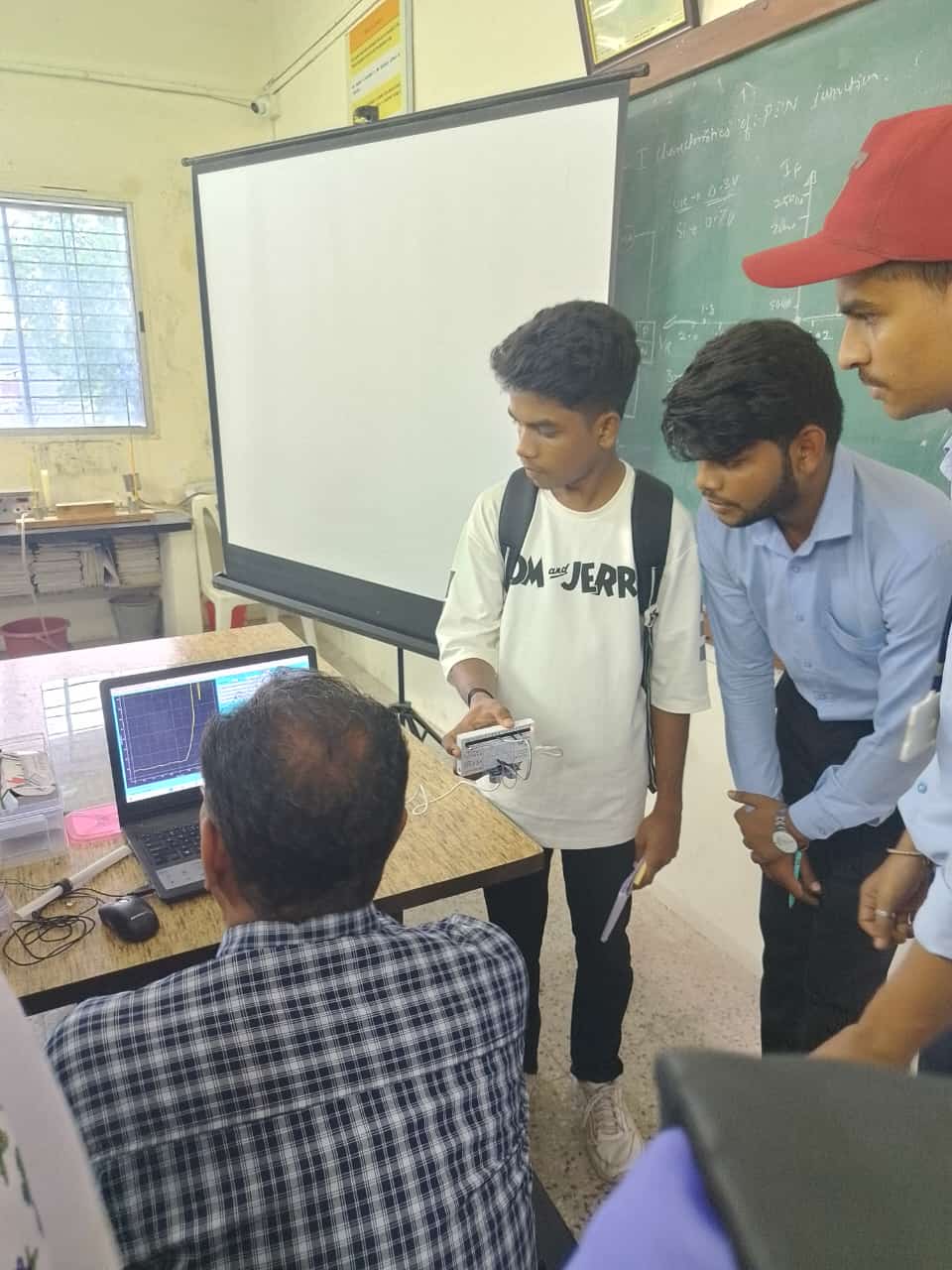 Students are performing experiments with SeeLab kit |
 Students are performing experiments with SeeLab kit |  Students are performing experiments with SeeLab kit |
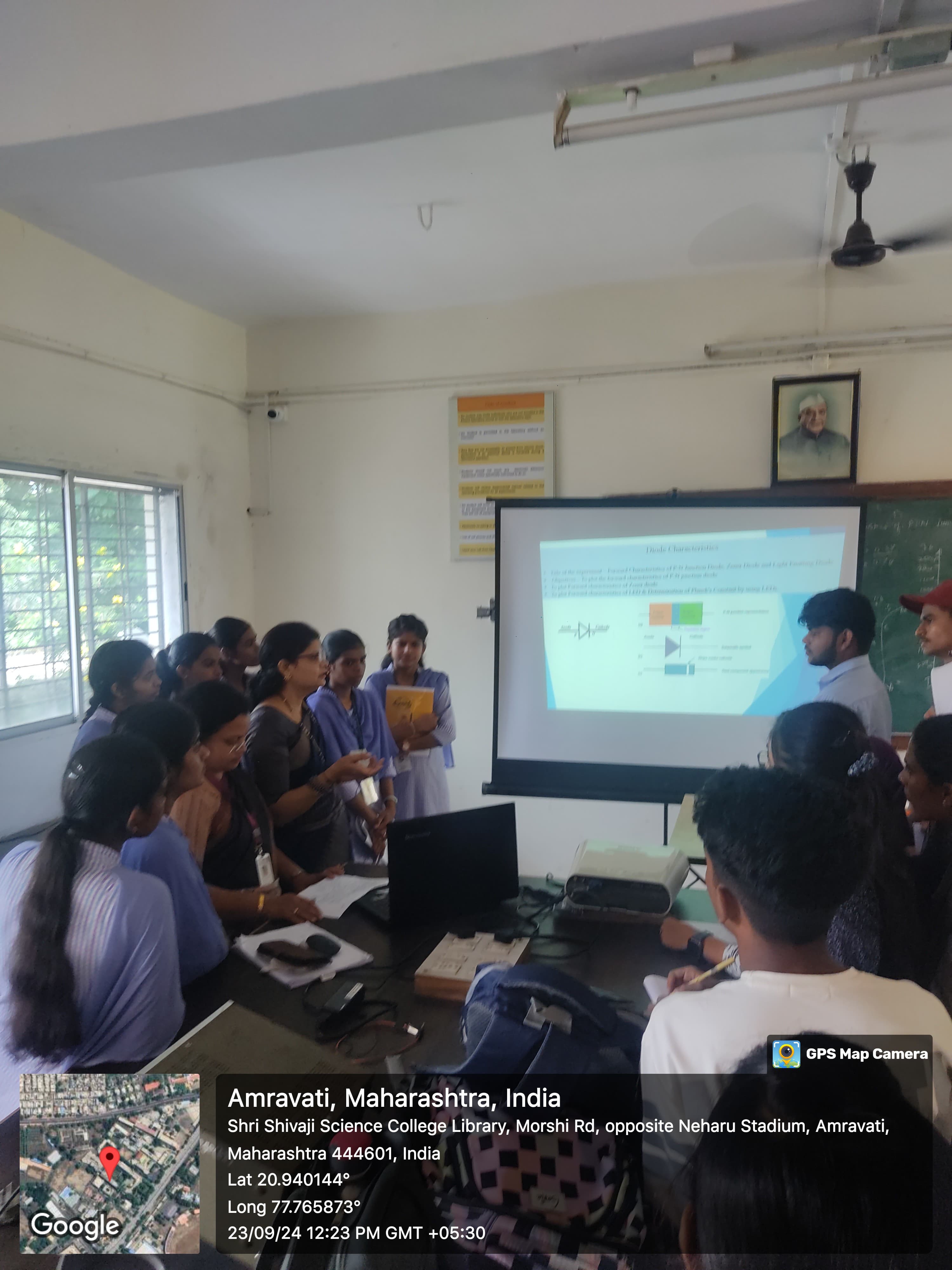 Students are performing experiments with SeeLab kit |  SeeLab3: Multipurpose Test and Measurement Tool |
Attendance Sheet:
 Sheet |
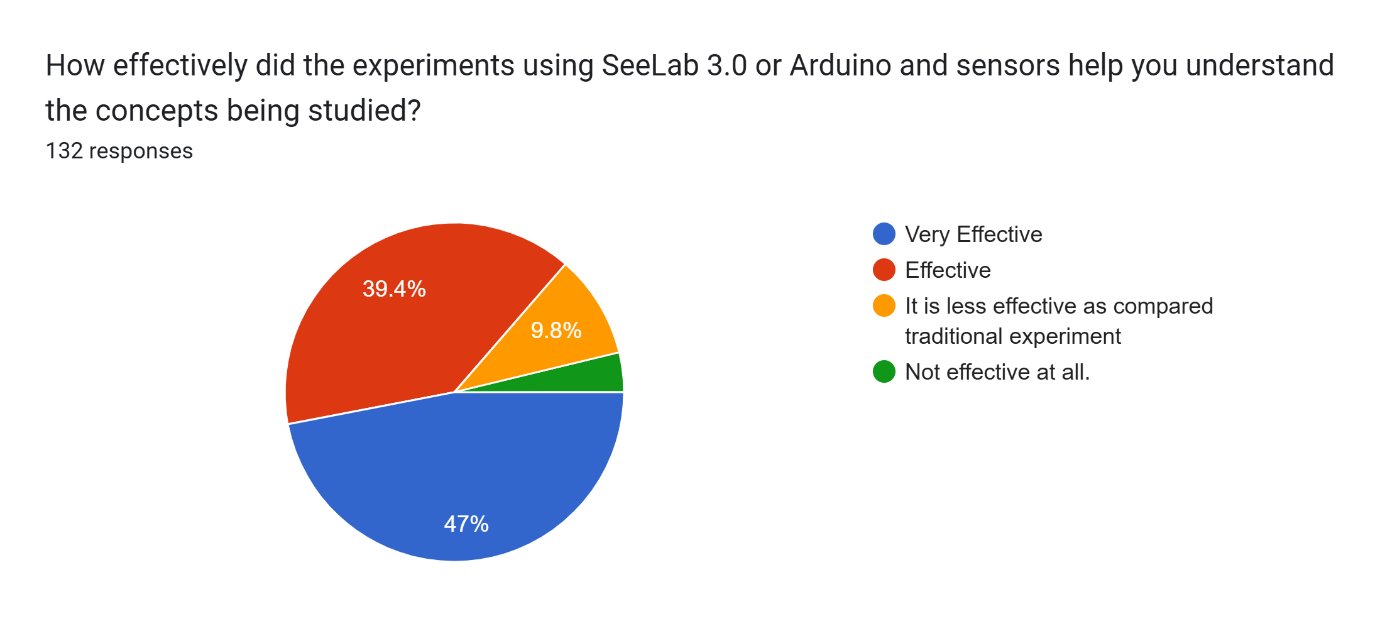 Sheet |
 Sheet |
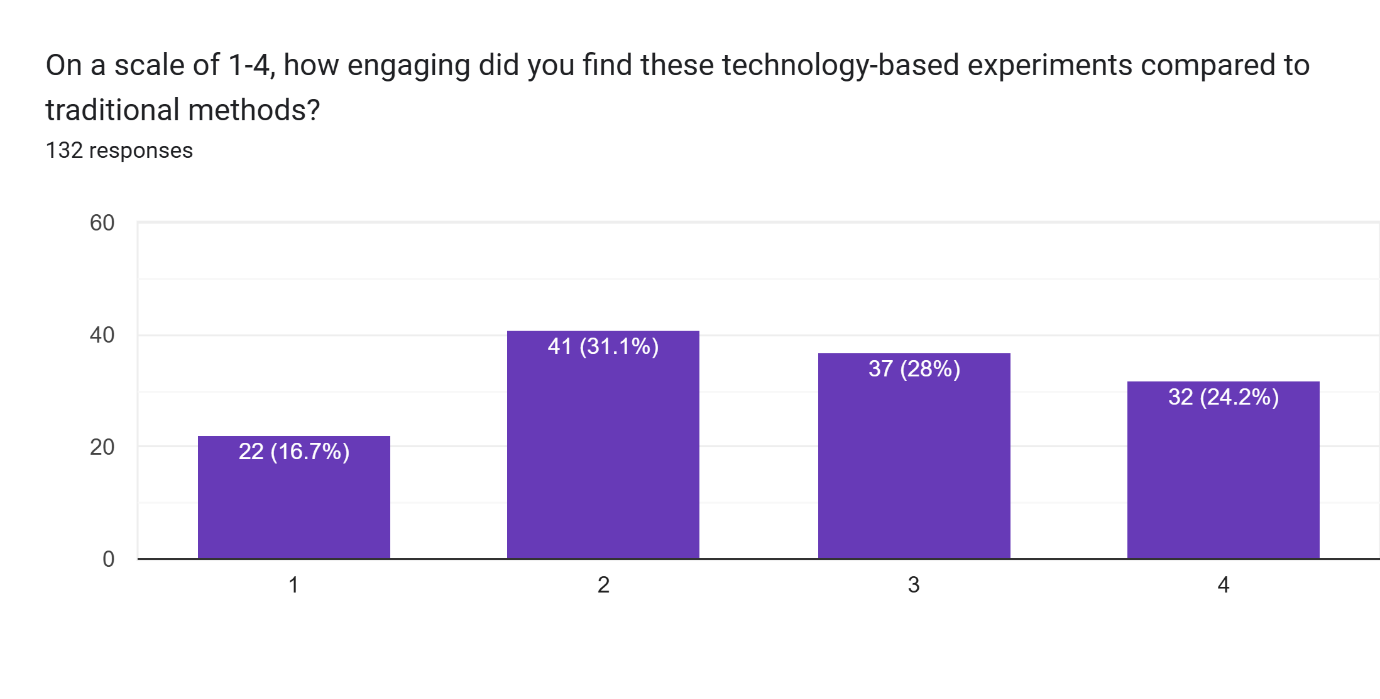 Sheet |
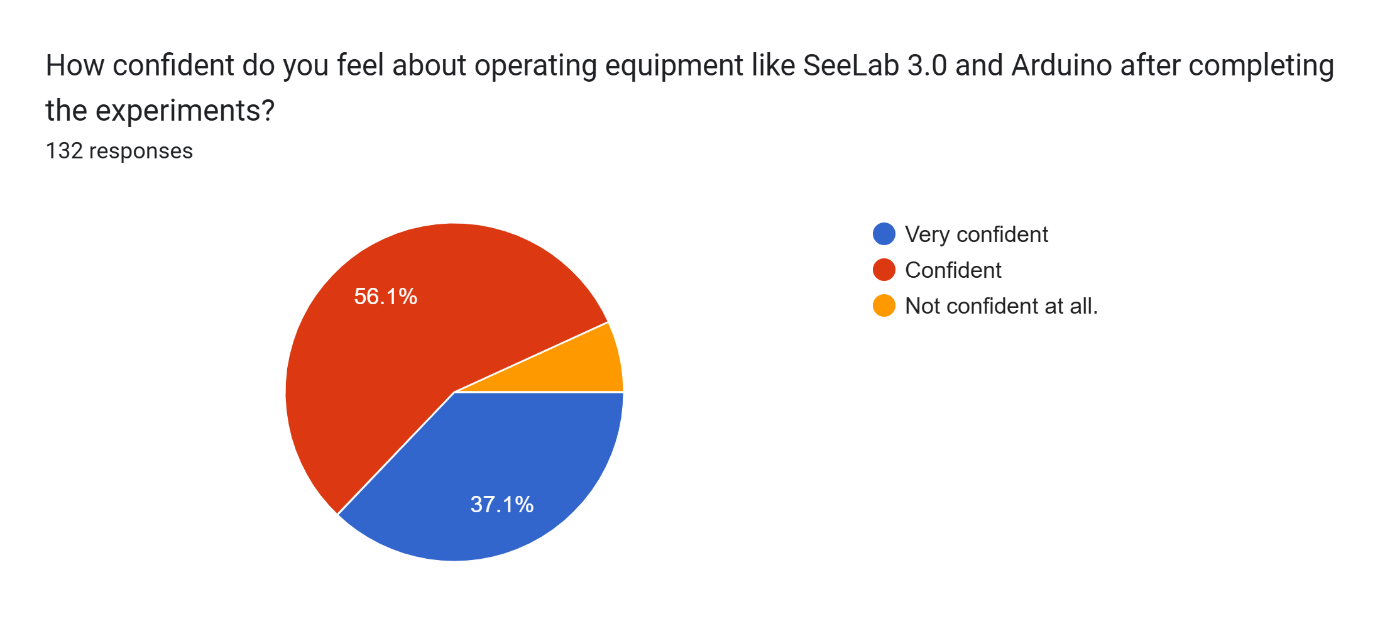 Sheet |
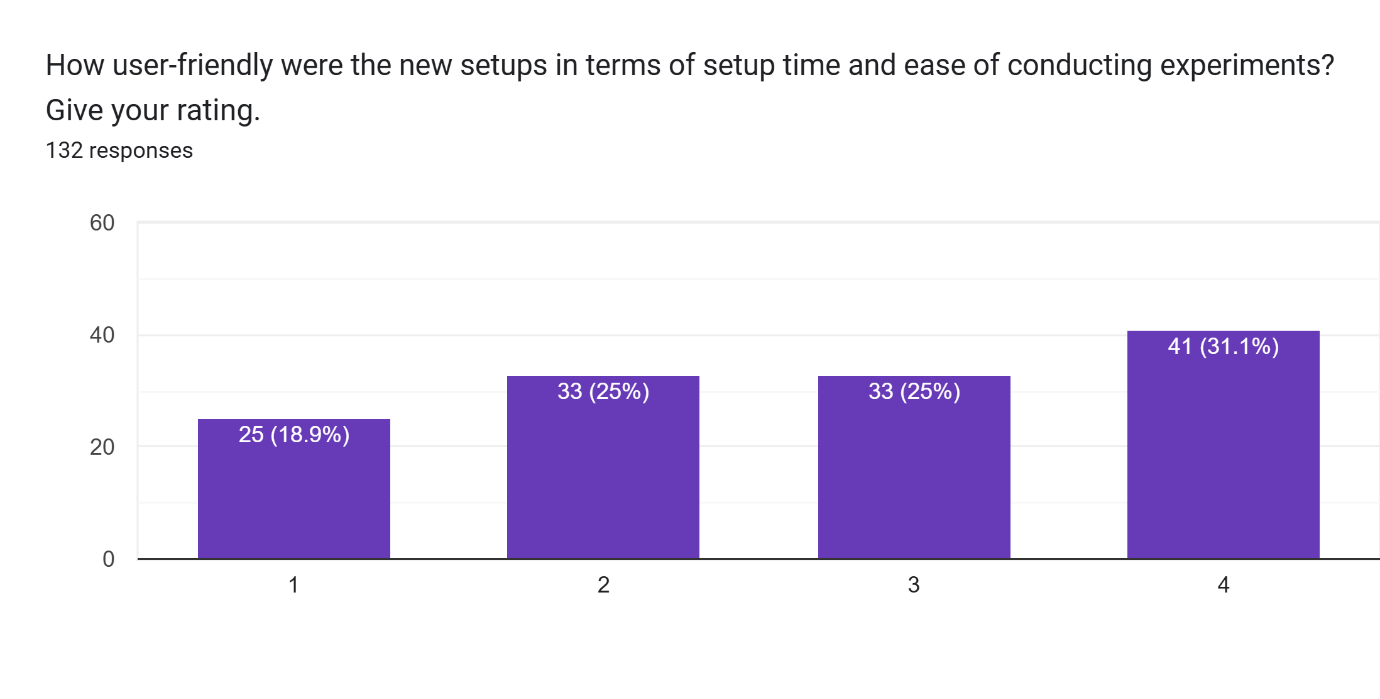 Sheet |
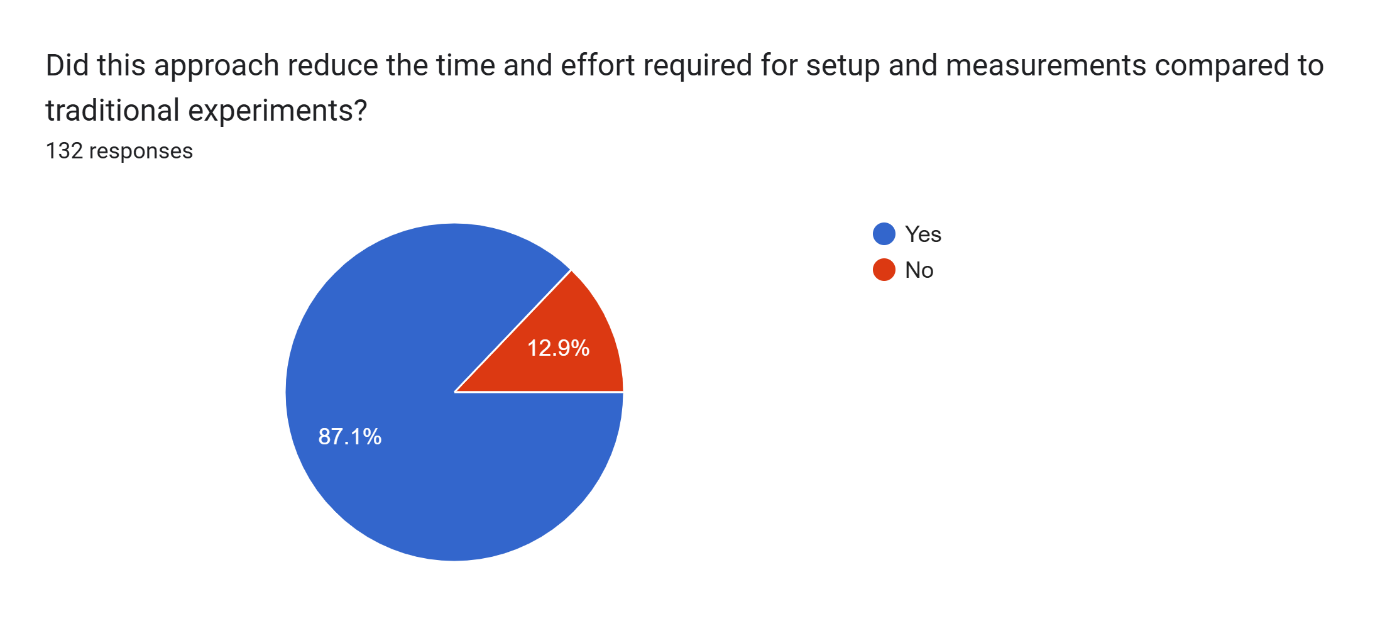 Sheet |
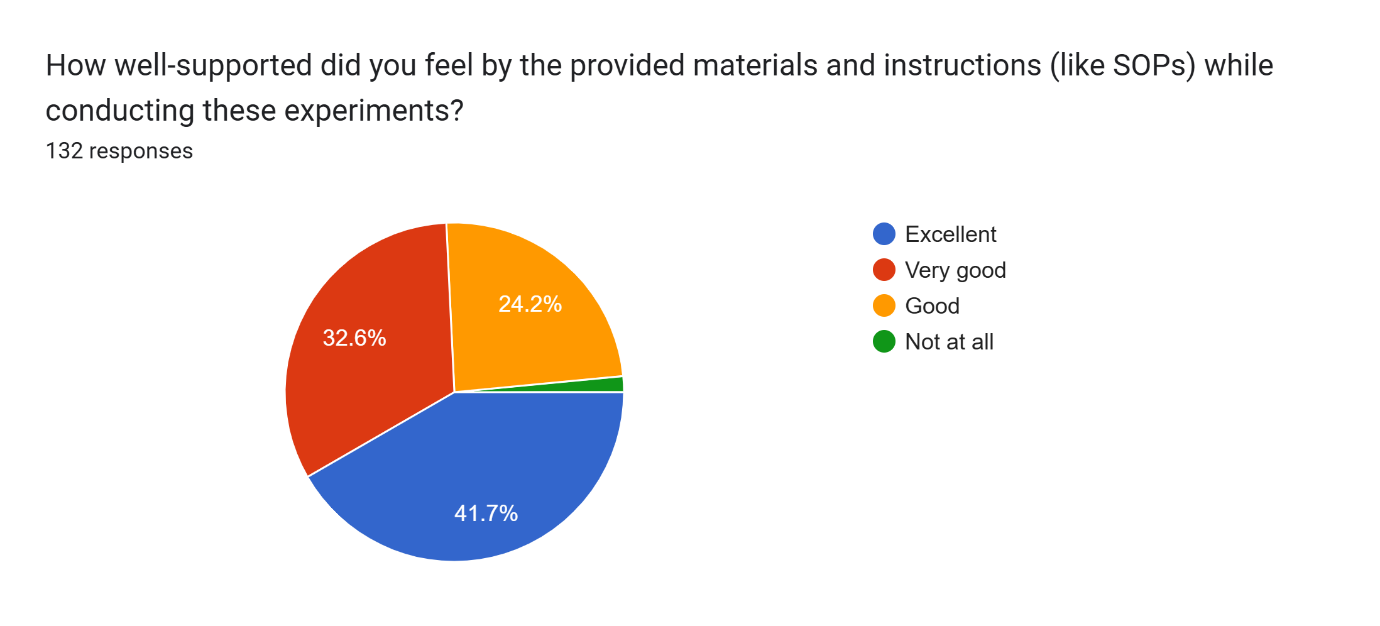 Sheet |